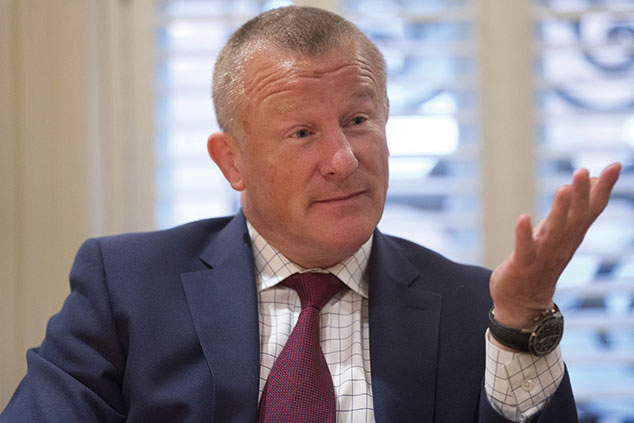
Are the interests of the finance professionals managing your money properly aligned with your interests? The more skin you have in the game as a fund manager, the greater your interest in providing a positive outcome for the investor.
That, at least, is the theory behind the regular research into investment trusts produced by Alan Brierley at Investec. Brierley (rightly, in my view) reckons that a manager heavily invested in their own fund will take a more direct interest in the outcome of that investment strategy. The same should apply to the non-executive directors, who are paid a fixed fee for looking out for investors’ interests.
Skin in the game…
The good news is that more and more managers and directors are putting their money into their own funds. Investec’s latest study of 303 investment companies reports total aggregate investment by boards and managers of £3.39bn.
But the report also identified 20 chairpersons (6% of those featured) with no investment in their trusts. In the case of 30 investment companies, the aggregate shareholdings of the board were worth less than the total fees received over six months. And 41 chairpersons who have been on the board for at least five years currently have a shareholding worth less than their annual fee.
For me the key measure is how much of their own money fund managers are willing to stake on the success of the fund. Among investment trusts there is an elite core of funds where the managers are by far the biggest investors in the fund.
Notable examples include the Rothschild family in RIT Capital (£703m), and the management teams of Pershing Square (£668m), Tetragon (£257m) and Apax Global Alpha (£194m).
Another key gauge is what proportion of the managers’ total wealth is tied up in a fund (or range of funds provided by the manager). On this score the Investec team cites the example of Simon Barnard, manager of Smithson Investment Trust, who told the fund researchers that 90% of his investable wealth is in this fund.
Nonetheless, just because the manager is aligned doesn’t mean that one can avoid poor investment outcomes. Neil Woodford was heavily invested in his Patient Capital fund, which also guaranteed that payments would only be made if the fund outperformed a benchmark. Yet none of these alignments did anything to halt the fund’s subsequent meltdown.
… isn’t always a bullish sign
It’s a similar, though less dramatic, story at other funds. The Investec team highlight two other funds in particular – Boussard & Gavaudan and JZ Capital Partners – “where the management teams have investments of £129m and £100m. In both cases, the performance records are nevertheless poor”. If we look down the list of biggest absolute holdings, Pershing Square, Tetragon, Boussard and Gavaudan and JZ Capital Partners all appear near the top. But all have produced less than stellar returns over the past five years.
This all suggests that rather than focusing on the absolute size of the investment in the fund we should look at the relationship between the managers’ skin in the game and their fees, as it gives us a rough idea of how much of their own pay they seem willing to match with their own invested cash. In this context, it’s interesting to note that there are some trusts where all board members have a current shareholding worth more than two years’ fees.
They are Aberdeen Standard Equity Income; Mid Wynd International; AVI Global Trust; Baillie Gifford US Growth; Smithson Investment Trust; Dunedin Enterprise; Supermarket Income Reit; Independent Investment Trust; Troy Income & Growth; LXI Reit; and OLIM’s Value and Income Trust.